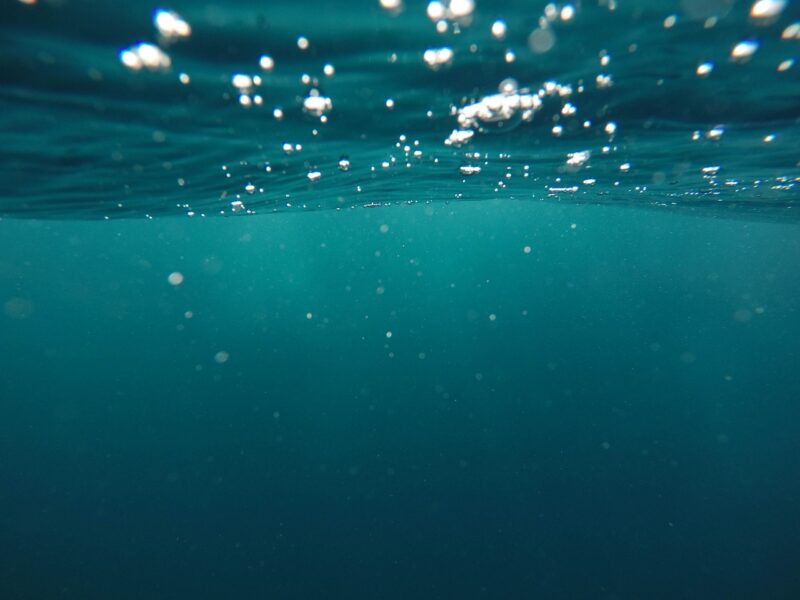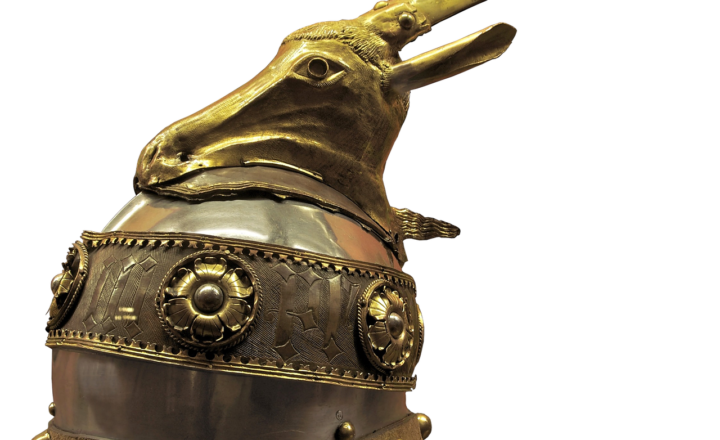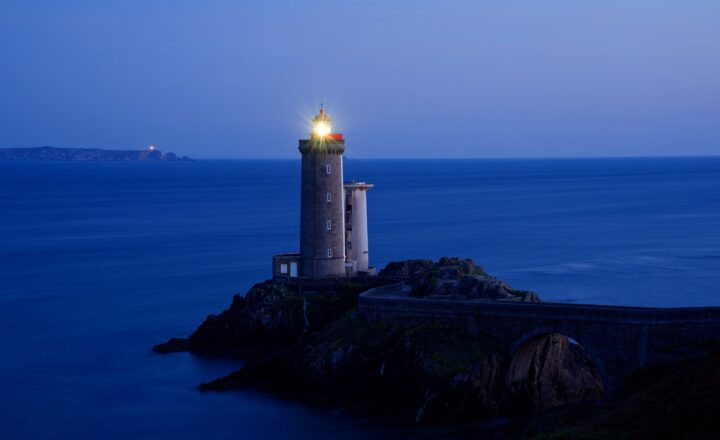
Shipwrecks have always captivated the human imagination. They serve as reminders of our maritime history and reveal secrets about the past that were often lost to time. While many shipwrecks are well-documented, there are those whose stories remain shrouded in mystery, giving rise to speculation and intrigue.
In this article, we will explore some of the most enigmatic shipwrecks in history and delve into what they can teach us about the worlds they inhabited.
1. The Mary Celeste: A Nautical Whodunit
The Mary Celeste was an American merchant brigantine that set sail in 1872 from New York City. Just over a month later, it was found adrift in the Atlantic Ocean, empty but still in good condition. No one on board was ever found, and the ship’s lifeboat was missing.
Theories abound. Was there a mutiny, or did the crew fall victim to a pirate attack? Could a waterspout have forced the crew to abandon the ship? The mystery of the Mary Celeste continues to baffle historians, and it has become a symbol of the unexplained phenomena of the sea.
Examining the shipwreck sheds light on the dangers faced by sailors during this era and the unpredictability of maritime journeys. It also raises questions about the challenges of survival at sea.
2. The Titanic: An Enduring Enigma
The sinking of the RMS Titanic on April 15, 1912, is one of the most infamous maritime disasters in history. While there is significant documentation about the ship, its sinking remains an object of speculation and debate, particularly regarding the decisions made in the moments leading up to the iceberg collision.
In recent years, technological advancements have enabled deep-sea explorations of the wreck. The findings raise new questions, such as the impact of the ship’s design flaws on its sinking and the cultural responses to the loss of the so-called “unsinkable ship.” The Titanic’s story highlights societal attitudes towards class and privilege during the early 20th century.
3. The USS Indianapolis: A Tragic Tale of Survival
The USS Indianapolis was sunk by a Japanese submarine during World War II in 1945, resulting in one of the largest loss of life in a single sea event in U.S. naval history. After delivering critical components for the atomic bomb, it was torpedoed and sank in mere minutes.
The survivors faced chilling conditions, battling sharks, dehydration, and despair for four harrowing days before rescue boats arrived. The wreckage of the USS Indianapolis was discovered in 2017, and the remains provide insight into the brutal reality of sea warfare and the tenacity required for survival.
4. The Whydah Gally: Pirate Treasure in the Sea
The Whydah Gally was a slave ship turned pirate vessel that sank off the coast of Cape Cod in 1717 during a storm. The wreck wasn’t found until 1984, and subsequent explorations revealed an astonishing trove of artifacts, including gold coins and weapons, providing insight into the golden age of piracy.
The recovery of the Whydah Gally significantly informed historians about the operation, culture, and stark realities of piracy, making it a fascinating focal point for studying power dynamics and the transatlantic slave trade.
5. The Atocha: The Lost Treasure of the Spanish Main
The Nuestra Señora de Atocha was a Spanish galleon that sank in 1622 near the Florida Keys. It was part of a fleet returning from the New World loaded with gold, silver, and precious gems. The discovery of the Atocha in 1985 resulted in the recovery of millions of dollars worth of treasure, making it one of the most famous shipwrecks ever found.
The Atocha’s story illuminates the wealth and danger associated with colonialism during the era of European expansion and serves as a reminder of the environmental factors that led to countless shipwrecks due to treacherous waters.
6. The Ghost Fleet of Truk Lagoon: A Sunken Naval Graveyard
The ships in Truk Lagoon, located in Micronesia, met their fate during World War II when the United States conducted a massive air raid against the Japanese fleet in 1944. Today, the lagoon is home to numerous wrecks that have become reefs teeming with marine life, but the legacy of the tragic battle lingers.
The ghost fleet serves as a sobering reminder of the consequences of war and has become a site for deep-sea divers, attracting those who wish to explore underwater history. The wrecks encourage contemplation on the nature of conflict and the impact of warfare on naval history.
7. Conclusion: The Stories Beneath the Waves
Mysterious shipwrecks offer more than just tales of tragedy; they are windows into our past and teach us valuable lessons about human nature, resilience, and the unpredictable forces of nature. As technology progresses and more wrecks are found, these lost vessels will continue to stir our imaginations and provide insight into the complex narratives of the world.
Exploring these maritime mysteries not only deepens our understanding of history but also invites us to reflect on what lies beneath the surface, leaving us to wonder: what stories are still hidden in the depths of the ocean?
**References**
1. Arne, H. (2017). “The Art of Shipwrecks: Underwater Research and Cultural Heritage.” Journal of Maritime History, 29(3).
2. Delaney, R. (2021). “Unraveling the Mystery of the Mary Celeste.” Marine Exploration Quarterly, 31(1).
3. Stanton, M. (2020). “The Legacy of the Titanic: Lessons from the Deep.” Historical Insights, 15(4).
4. Wreck Recovery Teams. (2022). “The Secrets of Whydah Gally.” Tidal Heritage Magazine, 43(6).








